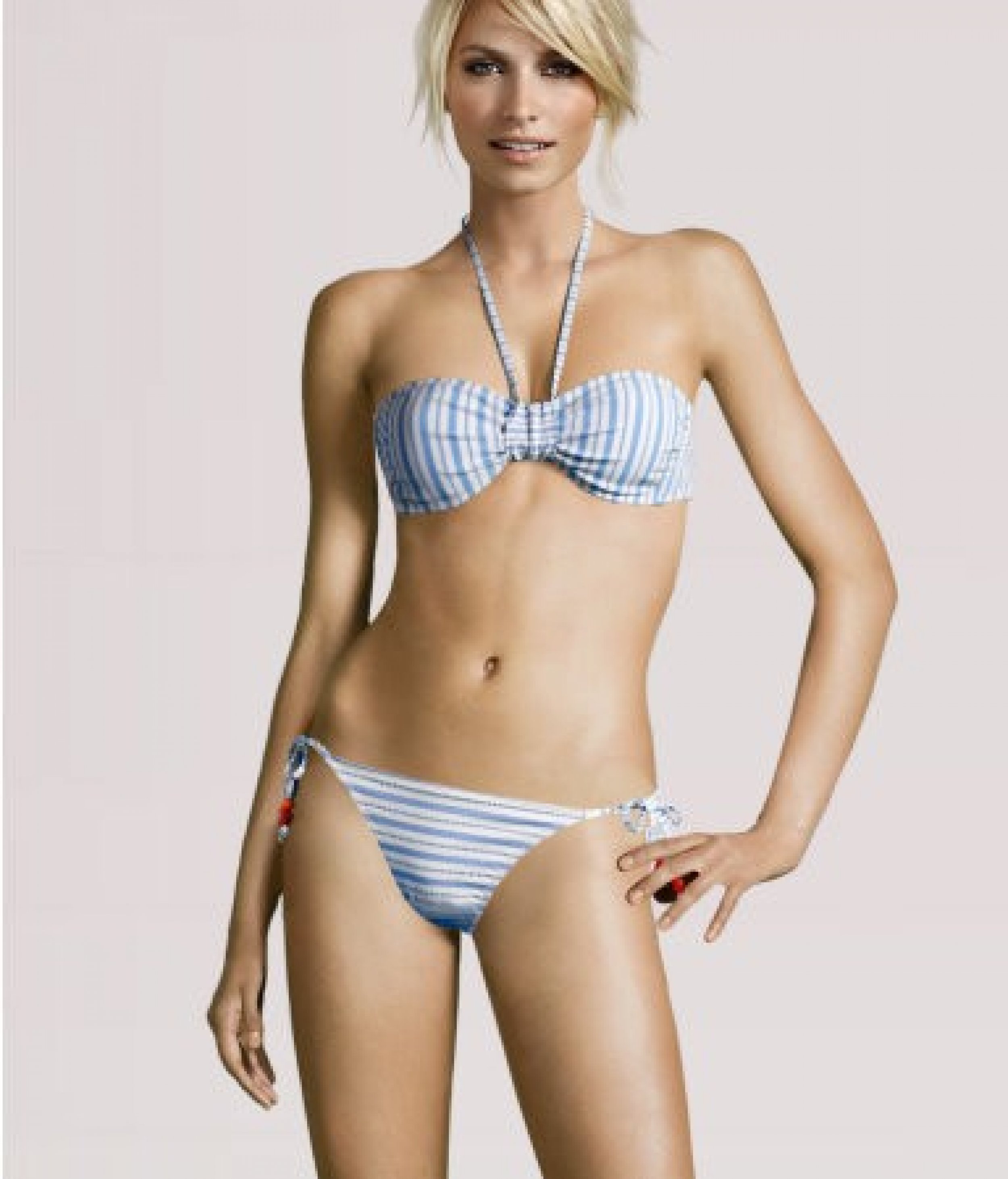H&M Uses Computer Generated Bodies for Swimsuit Models [PHOTOS]
Swedish clothing giant, H&M, has come under fire for using computer generated bodies paired with the heads of real models to sell swimwear and other items in its newest catalog.
The company does not indicate on the photographs or on their website that the images are computer generated. Rather, Norwegian website Bildbluffen first noticed that the models' arms, legs and chest were all positioned in the same manner, which later proved the images were fake.
This is a technique that is not new, it is available within the industry today and we are using it for our Shop Online in combination with real life models pictures and still life pictures, H&M press spokesperson Håcan Andersson told The Local on Tuesday.
For our Shop Online we are using a combination of real life models pictures, still life pictures and virtual mannequin pictures. For all other marketing and campaigns - outdoor, TV, print and other media, H&M will continue to use real life models, he continued.
The models have different skin tones and the tone of their bodies is also adjusted to match the real models' coloring. However, the body size, shape and pose are exactly the same, causing may to criticize the clothing brand for encouraging unrealistic standards of beauty for girls and women around the world.
This is not about ideals or to show off a perfect body, we do this to demonstrate an item of clothing. This is done for all clothing, not just for underwear, both male and female clothing, Andersson told the Aftonbladet daily on Monday.
The company also claimed they did not choose to use completely virtual bodies because they could not find models in the sizes they were looking for, but rather, they hope consumers will remain focused on the clothes instead of the models.
Consumers and activists do not see the company's actions the same way.
This illustrates very well the sky-high aesthetic demands placed on the female body. The demands are so great that H&M, among the poor photo models, cannot find someone with both body and face that can sell their bikinis, Nowegian Broadcasting Corporation Helle Vaagland told Aftonbladet.





© Copyright IBTimes 2025. All rights reserved.





















